What is Geo tagging? The benefits of location, location, location

Every great business owner knows that if they want to run an effective company, they need to learn how to optimise.
Optimising your brand strategy could mean working on the perfect tone of voice to speak to your chosen audience or finding the best way to connect with clients through social media.
It also means looking into how your website operates, and upgrading your digital presence with everything from keywords, to carefully-crafted marketing campaigns.
Unfortunately, there’s one aspect of the optimisation journey that’s frequently overlooked by a lot of business leaders, and that’s location.
Although the internet means that companies can effectively sell to clients from all over the globe, that doesn’t mean that you should always go worldwide with your marketing efforts.
Sometimes, you can create more valuable and relevant campaigns just by narrowing your focus to a specific location.
The importance of location in optimization is why many growing businesses are now beginning to focus on geo targeting, tracking, and geo search.
Today, we’re going to answer the question “what is geo tagging?” to help you determine whether you should be taking a more local approach to your optimization efforts.

What is Geo tagging? The basics
So, what is geo tagging?
To answer that question, you need to recognise that the people you reach with your marketing campaigns aren’t all the same. Your online traffic differs in terms of everything from gender to age, and even the languages that they speak.
Knowing how to reach the right people with the perfect messages is how you define your brand as the ultimate choice for your target audience.
Geo tagging or geo targeting, as it’s sometimes referred to, is the art of being able to pinpoint the specific regions that you want to advertise to.
You can use geo tagging in everything from PPC to social media marketing to adjust your messages based on what people need in certain parts of the world.
After all, there’s no point advertising on Facebook about an upcoming event in San Francisco to people in the UK. Similarly, if you don’t want to waste your money on Google ad placements sending irrelevant messages to people who aren’t going to understand what you’re selling.
Although the question “What is Geo search” is common among a lot of companies these days, you might be surprised to learn that you’ve already been exposed to many aspects of geo tagging.
For instance, if you search for “Italian restaurants” in Florida, Google will use your geo location information to provide local and relevant responses based on where you are.
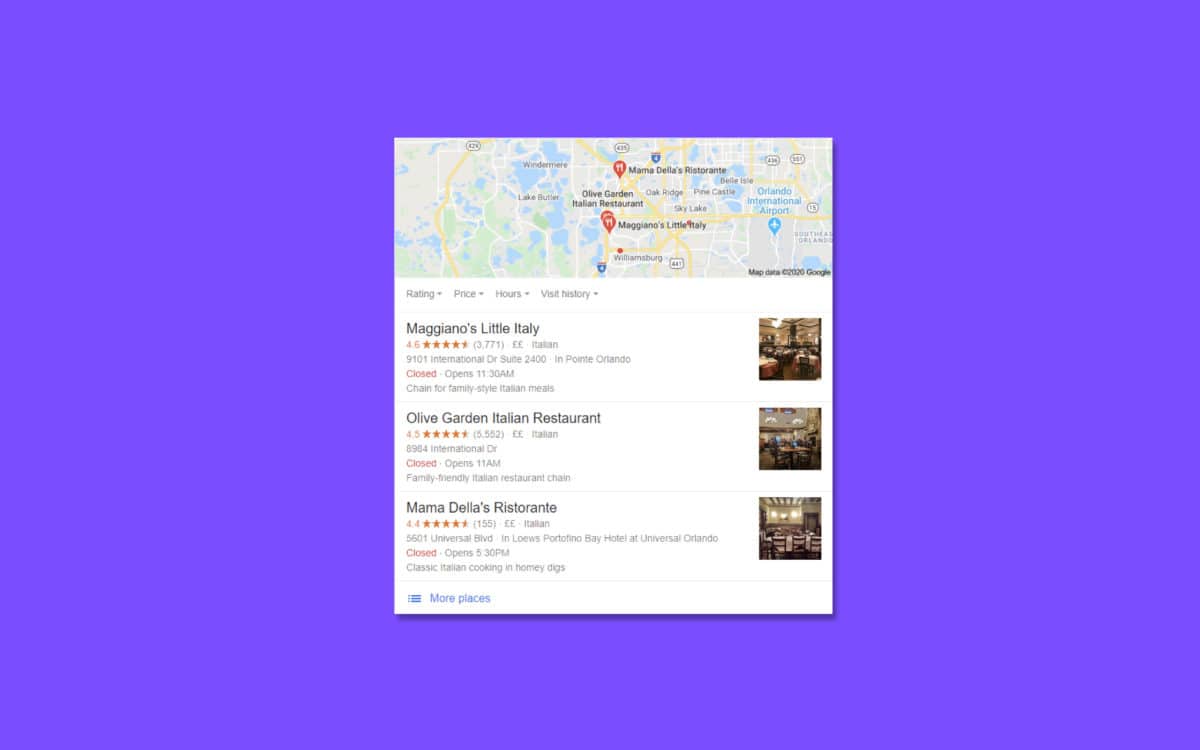
That means that you’ll get a very different set of responses to if you’re searching for “Italian restaurants” in London, England.
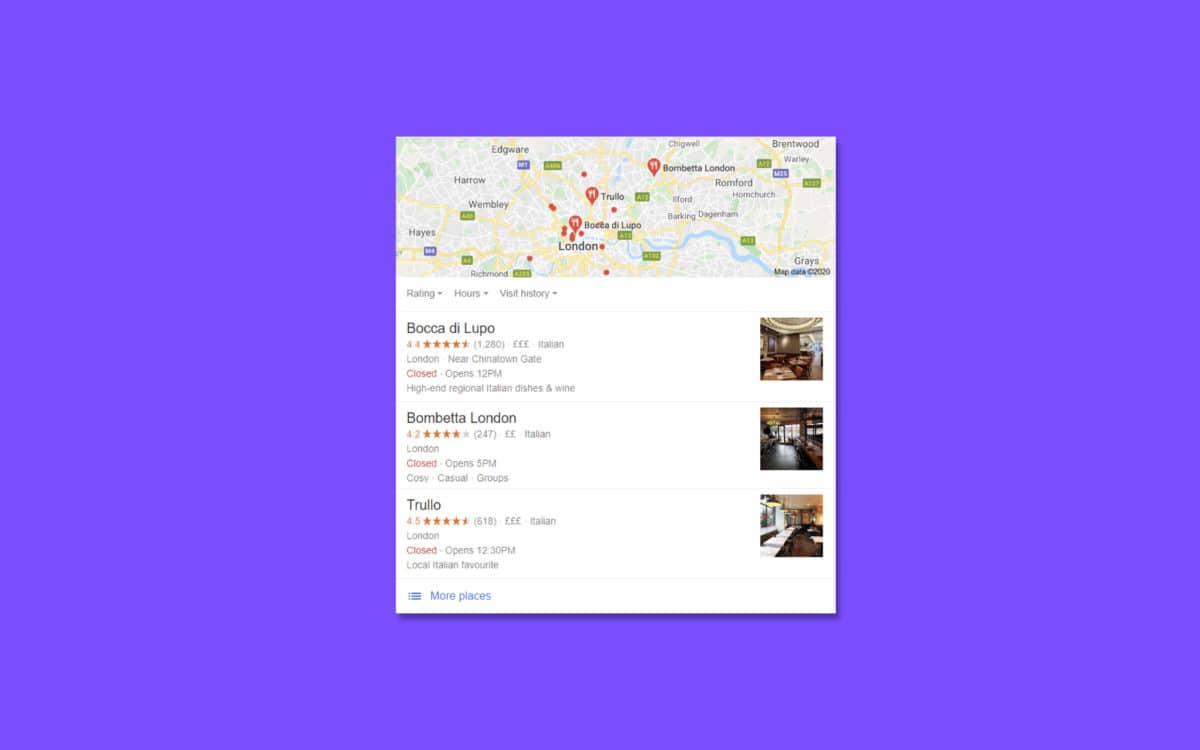
The idea behind Geo tagging is that it gives customers more relevant responses to their queries, by figuring out what they need.
A Geo search tool like Google could even change the language that shows up in the search results depending on where you’re submitting a certain query.
As customers around the world continue to look for marketing campaigns that are more tailored to their individual needs, the demand for Geo search and geo targeting is increasing.
Around 90% of marketers today say that focusing on location-based marketing helps them to increase sales. What’s more, this year (2020), marketers say that they plan to spend at least $31.1 billion on geo tagging alone.

Geo tagging definition: Diving a little deeper
So, how exactly do companies embed things like geo tagging into their marketing campaigns?
Well, that all depends on the kind of strategy you want to use.
Some companies have business operations that run all around the world. This means that they need a website that can instantly switch from one language to another when people visit their web pages from different locations.
Other companies focus their campaigns on a very specific area.
To help make their content and marketing campaigns more relevant to that area, they might include specific geographic words in their keyword strategies, or use geo tagging on Facebook and Instagram.
The first step in geo tagging is usually understanding where a customer is coming from. The good news is that it’s very easy to do that in most environments today.
That’s because every website you visit places cookies on your browser that helps businesses to find out basic information about you, including which pages you visit, and where you come from.
The most commonly addressed data when it comes to geo tagging is an IP address. Every internet-connected device in the world has a unique IP address, which indicates exactly where each customer is in the world.
If your business then has the right analytics and marketing tools in place, such as Google Analytics, for instance, it can use information about a geographical market to implement strategies that home in on specific groups of people.
You can even use Geo search tools and marketing software to exclude groups of people from your campaigns that you don’t need to target. This means reducing your ad spend on clients that aren’t likely to convert.
Some companies also use things like Mobile geo tagging and search tools to expand their local strategy even further.
For instance, the rise of geo targeting has also led to an increase in a strategy called “geofencing”. Geo fencing refers to setting a designated area that you want to target with your marketing campaign.
While geo-targeting allows you to get highly granular with your campaigns, geo fencing is a bit more advanced. It allows you to cover large spaces at once, with greater accuracy.
For example, a marketing company hosting an event in London could set a geo fence to send marketing texts to everyone in the London post-code.
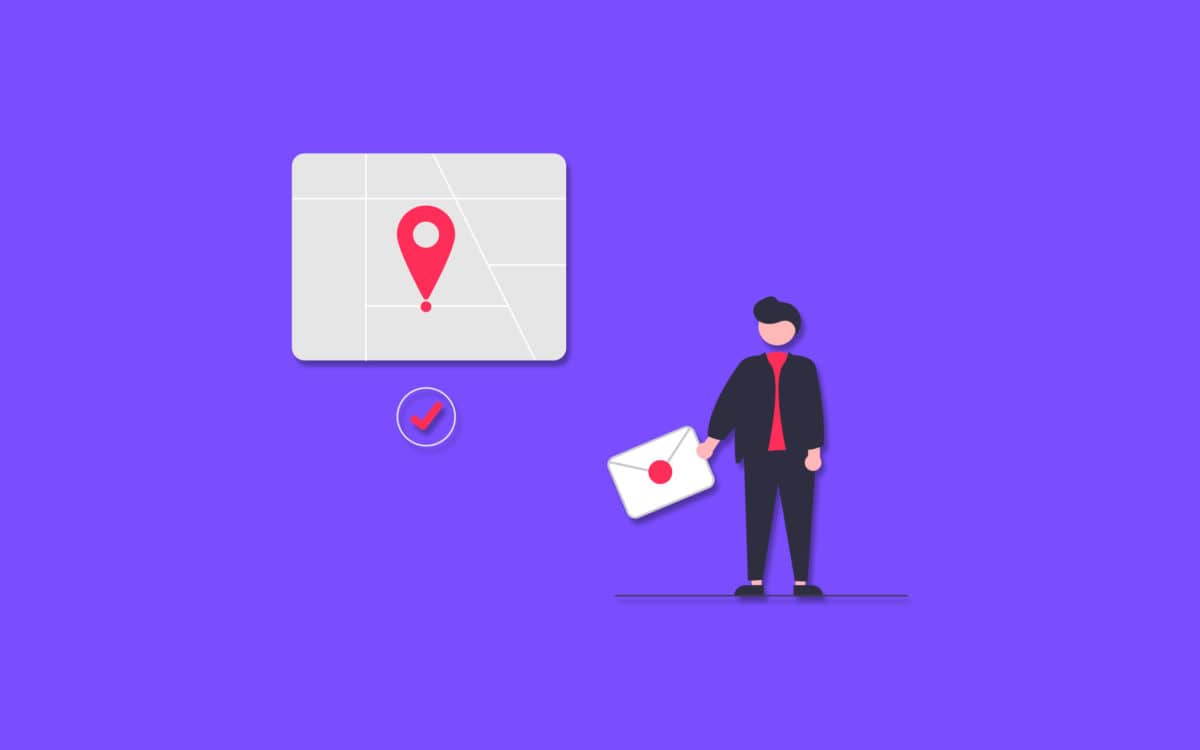
How to use Geo tagging: Examples of Geo tagging
In our geo tracking definition above, we’ve already touched on some of the things that businesses can do with the right geo search tool and marketing campaigns.
However, there’s definitely more than one example of geo tagging available to consider.
Although many people consider geo tagging to be relatively new as a concept, it’s actually been around for quite some time.
At first, it was a way for communities to show others where they were at any given moment. Now, companies are using geo-tagging for marketing purposes, adding location tags to social media posts, and so much more.
Let’s take a look at some of the ways that businesses can add geotagging into their marketing campaigns.
1. Creating a location-aware apps
Mobile applications are growing in popularity for a number of reasons lately.
Not only do they provide companies with an excellent way to get into the pockets of their target audience, but they’re also a lot more engaging and entertaining than standard mobile websites in most cases.
Mobile geo tagging allows businesses to create geo tags for each location that they operate in, so that they can offer custom promotions to people in each locations.
You can also use Geo tagging to give your customers more useful information. When people book a hotel with Airbnb, for example, the app sends them information on places to visit when they’re in the destination.
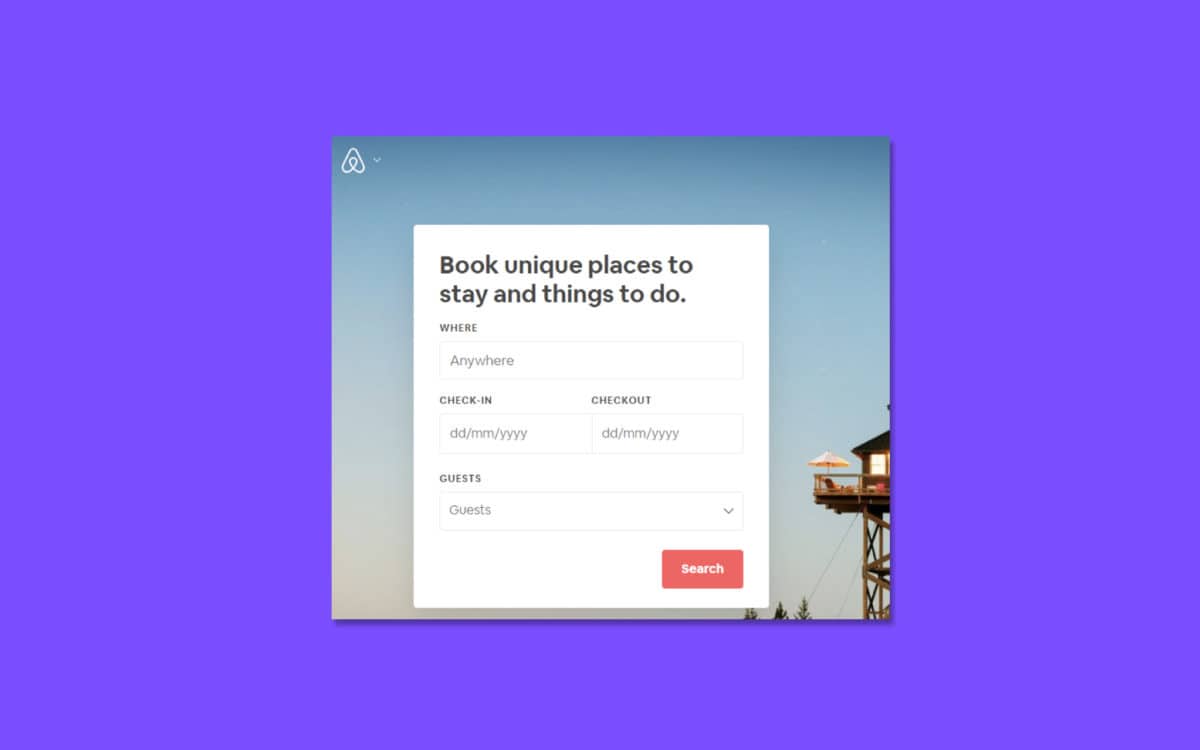
2. Local social media campaigns
Geo tagging can also help businesses to create location-specific social media strategies. Since social media marketing is all about building relationships with your audience, it makes sense to connect with people based on where they are whenever you can.
You can post pictures on Instagram with #hashtags related to a specific area or event.
Alternatively, you could consider creating your very own location-based hashtag to generate awareness of your store location.
Tools like Facebook’s own social media marketing software even allows you to customise your targeting for paid advertisements based on the location of where your customers might be.
You can create different location-based ads for every area that you serve, using different languages, pictures #hashtags, and more in each campaign.

3. Improved search engine marketing
Probably the most obvious way to get involved with geo tagging and geo search, is to focus on keeping your search engine marketing as relevant as possible.
Choosing keywords to target that are unique and relevant to your preferred consumer base is one of the easiest ways to bring down your advertising spend, while still making sure that you can reach the customers that are most likely to support your company.
With geo tagging, you can also measure how many people in different locations respond to certain terms and campaigns. This means that it’s easier to understand the unique nuances that separate different parts of your customer base.
You might even be able to improve your customer personas based on the knowledge that you get about the language that your clients use, and the tone of voice that they might be looking for.
4. Dynamic website design
Did you know that you can actually change the design of your website in subtle ways depending on where your customers visit you from?
Depending on how deep you want to go with your campaigns, you could simply give your audience the option to switch to a different language or shop in a different currency depending on where they come from.
You could also change your offers depending on where a customer’s IP address is located. For instance, you might offer free shipping to people in the US, because you have a discount distributor there.
However, if you can’t provide the same deal in the UK, you might switch it for a 5% off coupon.
If you’re running an event in various locations around the world, you could include a pop-up on your website that asks customers to sign up for a place at the event at their nearest conference hall.
The opportunities are endless, provided that you have the right web design team to work with.
How does Geo targeting work on Instagram?
Crucially, there are a lot of different components involved in geo tagging and geo search. However, one of the most common terms that comes up when you search for “What is geo tagging” has to be “Instagram”.
Although most social networks and their connected marketing services use some manner of geo-tagging to track the location of subscribers, Instagram is particularly focused on keeping things location focused.
You can even add distinct geo tags to your Instagram campaigns that are separate from hashtags. These tags help to give your audience another way to find you based on where you’re located.
An Instagram geotag is a very specific location, which includes both the longitude and latitude, of where you’ve collected and stored your Instagram content. By publicly sharing your location, you can discover new ways to engage with your followers, by proving that you’re part of their community.
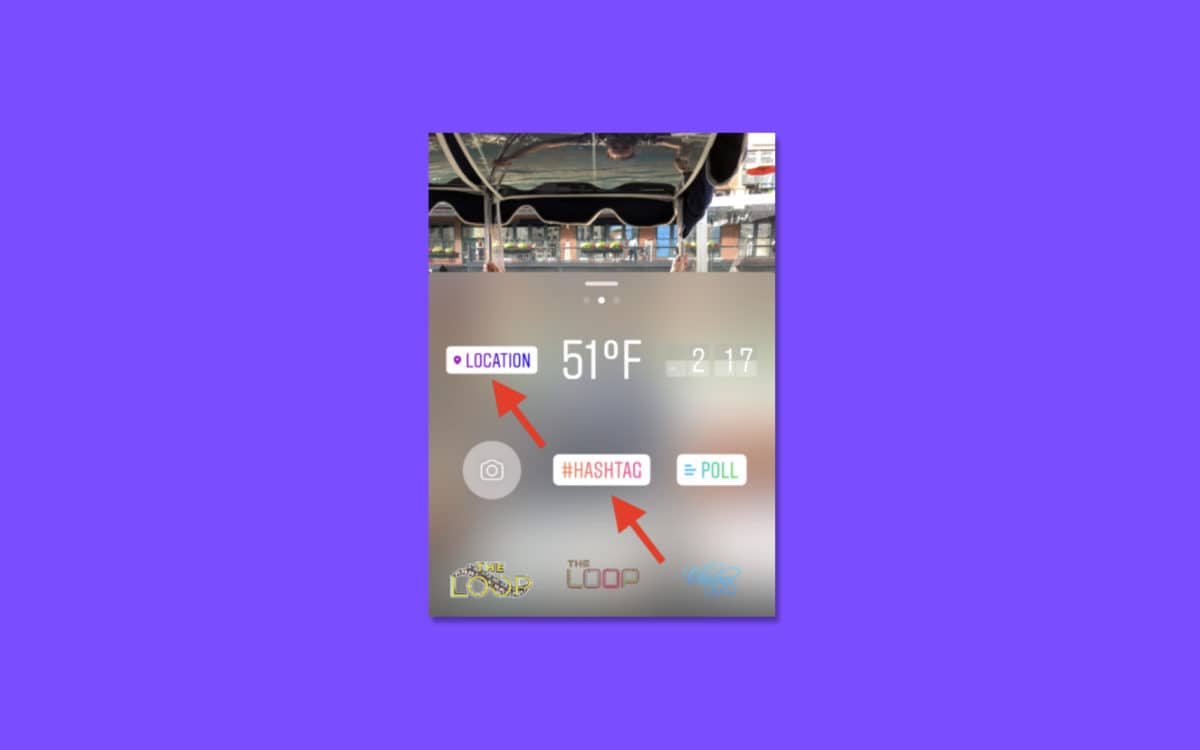
Geo tagging on Instagram appears in everything from your typical day-to-day posts, to your Instagram Stories. Not only does it show your customers that you’re relevant to your needs – because you’re close by, Instagram geo tagging also helps your audience to find you.
Remember, people are constantly searching for businesses, trends, and locations through Instagram.
Around a fourth of social media, influencers agree that Instagram is the best network for creating their strategies, thanks to the ease-of-use that comes with location-based targeting.
You might even decide that you want to set up entirely different social media accounts and campaigns for different locations. Many large global businesses take advantage of this strategy today, so that they can customise their promotional efforts to suit the individual needs of different customers.

What is the purpose of Geo tagging?
The simplest way to think of geo tagging, or geo search, is as a data-infused way to take your local search strategy to the next level. If you want to connect with a very specific audience, in a custom location, then a geo search tool and geo marketing strategy can help you to do that.
Of course, just like any local SEO campaign, mastering geo tagging takes a lot of focus. You need to decide exactly what you want to do with your geo tagging strategies.
Do you just want to get in-depth with your social media marketing campaigns and make sure your messaging is more relevant? Are you hoping to improve the ROI of your search engine marketing strategies?
Maybe you want to invest in a new dynamic website that changes according to your customer’s IP address?
The increasingly intuitive technology available for geo tagging and targeting today makes a range of unique advertising opportunities easier to access than ever before. If you want to be successful in your new plan, however, you need to make sure that you’re thinking about it from all the right angles.
While geo tagging can help you to make your messages more relevant and personal, it can also be deemed “creepy” or invasive if you do it too much. It’s often difficult for beginners to walk the line between sending a customised location-relevant advertising and coming off as a stalker.
There are plenty of options available for today’s business owners, but it all starts with having the right strategy. If you want to learn how to make the most of geo tagging and targeting for your company, then make sure that you check out the guides available from Fabrik.
Alternatively, if you need help putting your new strategy into action, connect with our team today. We can help with everything from dynamic website design, to social media strategy and more.
Fabrik Brands. Creative Industry.











